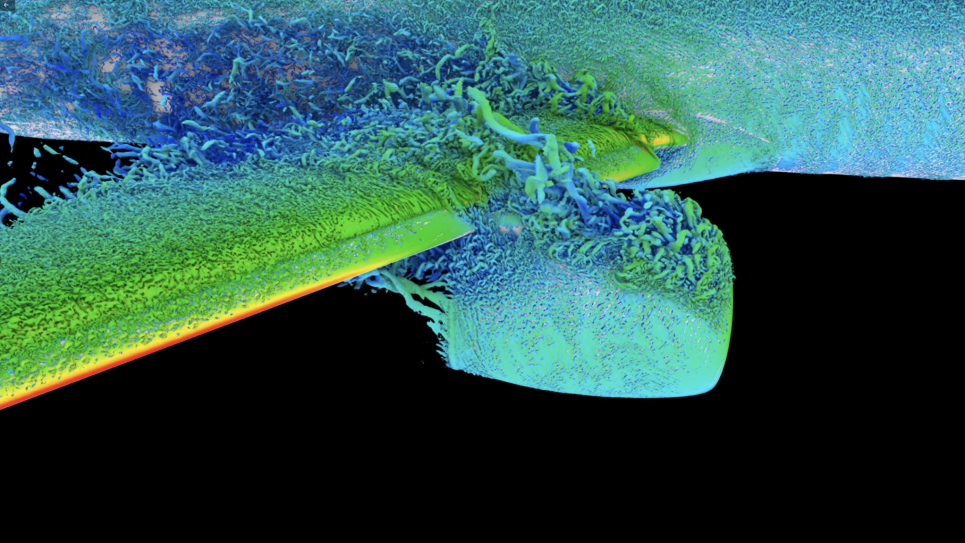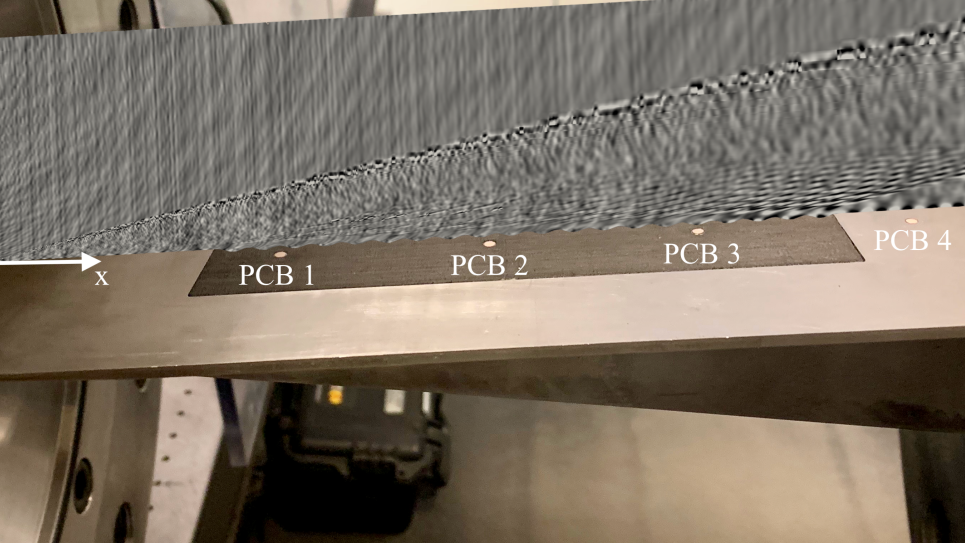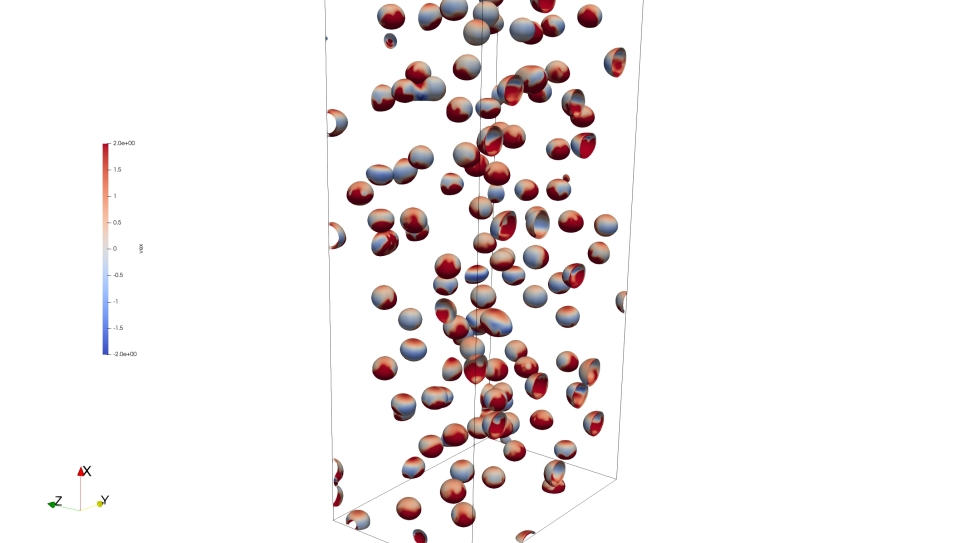The flow of fluids in ducts with rectangular cross-section is frequently encountered in a variety of environmental, technical and even biological applications. Typical examples of duct flows can be found in urban drainage systems, ventilation systems and combustion engines. Of particular importance in flows delimited by solid walls is the near-wall region in which a large fraction of the drag stems from velocity fluctuations in a thin boundary layer adjacent to surfaces. This project supports numerical simulations aimed at assessing the three-dimensional effects present in turbulent duct flows, as well as their dependence on the duct geometry. This project has two main goals: first, this study will provide a deeper fundamental understanding of wall-bounded turbulence, and of the mechanisms responsible for the convergence from low to high aspect ratio behavior in the duct. Second, the data collected in this project will help to develop more accurate turbulence models, since the currently available industrial codes still fail to accurately predict three-dimensional flows with secondary motions. The results are expected to have profound impact on our understanding of comparisons between modern and classical canonical experiments, and the largest volume of direct numerical simulation data in the literature.


